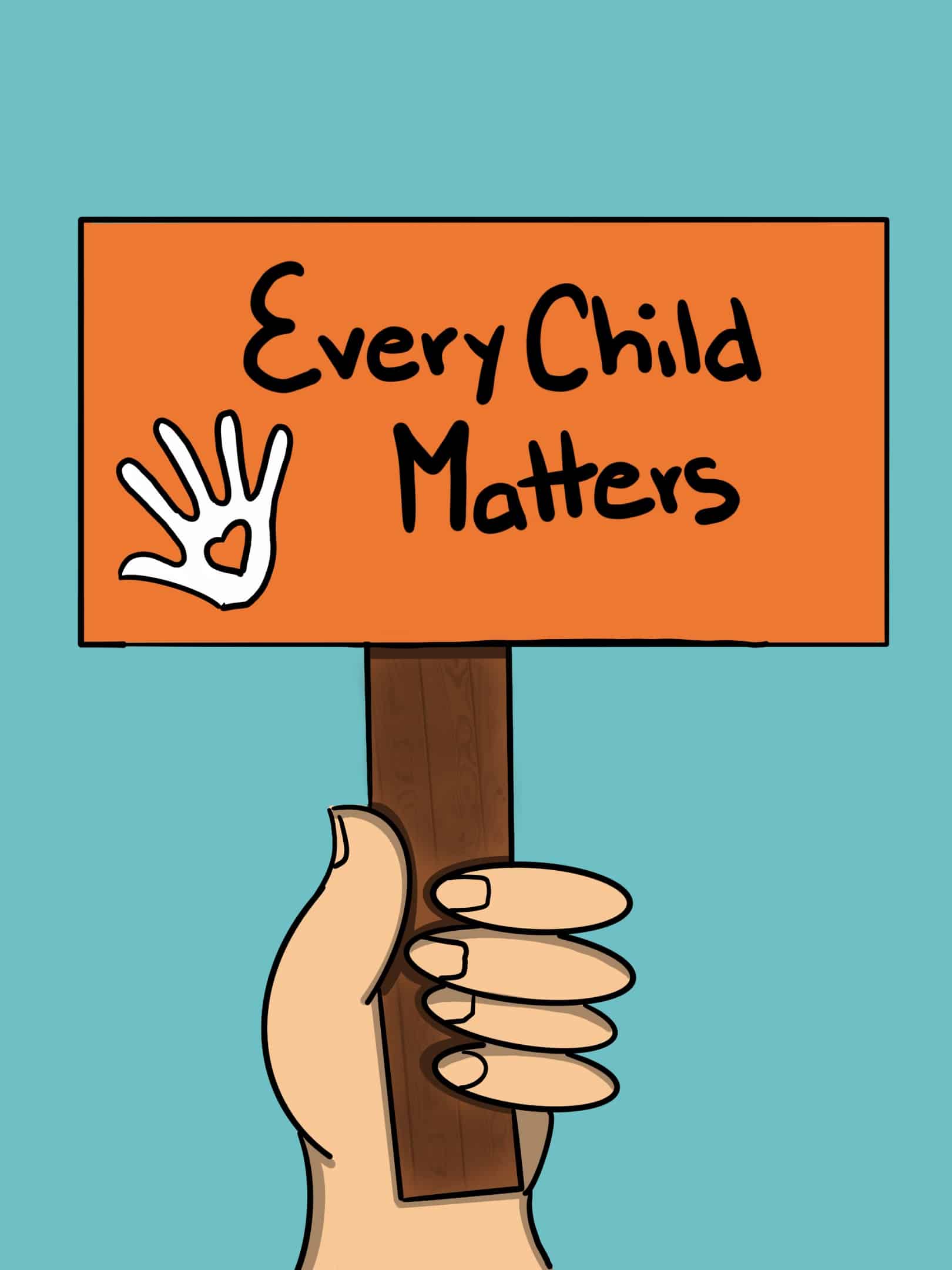Disproportionate suffering: Indigenous children and ongoing discrimination
Indigenous children are overrepresented in the child welfare system because of poverty and historical discrimination.
For 13 years my family has fostered children, including my two little siblings in the process. After all these years of caring for dozens of children, one thing is apparent: the system is flawed. One huge historic flaw in the child welfare (fostering) system regards the Indigenous community. It seems coincidental that as residential schools started to close in the ’80s and ’90s, there was an increase in child welfare implementation and children being brought into the system around Canada.
Today, Indigenous children are extremely overrepresented in the foster care system. In 2021, Indigenous children only accounted for 7.7 per cent of the child population, yet 53.8 per cent of children in the foster care system were Indigenous. In 2016, 30 per cent of Indigenous children in Ontario were in foster care, while the Indigenous child population was only 4.1 per cent of the total children.
What causes this overrepresentation?
In 2018, neglect represented 21 per cent of maltreatment cases in child welfare. Neglect occurs when the child’s guardian does not provide the child with the basic needs of living. This includes failing to feed or clothe the children, ignoring their responsibility to supervise the children, or refusing to provide medical treatment when needed. When I was just starting my research on children in the welfare system, I was mortified by this. How could a parent not take care of their child? How could they not love their kid?
Well, the story is often more complicated than that.
Although there are cases of terrible parents who choose to not take care of their children, neglect often occurs because the families simply do not have the financial means to be a good parent. When families do not have the money to buy food, clothes, medicine, or let alone a place to live, it is not possible to take care of a child. This neglect happens not because the parent doesn’t love their child, but rather because the parent does not have financial means. One in four Indigenous peoples live in poverty, which means it doesn’t matter how much love or care the parent has for their child, one in four will be far more likely to have their children taken into the system due to claims of neglect. This poverty can be traced back to colonialization, residential schools, and the continued trauma that Indigenous communities have and continue to face.
These are appalling statistics, which is why the Canadian federal government has made strides in helping Indigenous communities. One of the most important steps has been giving the mandate—or the right—of child welfare services from the provincial governments to the Indigenous communities through Bill C-92. This bill allows Indigenous communities to build their own child welfare services buildings, hire social workers who will consider the historic discrimination, and give greater power to the Indigenous communities to help families the way they feel is best.
However, there are still many problems.
Indigenous communities can choose to either build their own services headquarters or continue to use the already government-built Children’s Aid Society (CAS). However, if a community wishes to build such a building, the building must have accessible clean drinking water. Although the Liberal government promised years ago to end the long-term drinking water advisories in Indigenous communities, there are still 19 communities in Ontario that have them today. This means that there are 19 communities unable to independently run their own child welfare system.
Another problem is that there is simply no equality between the economic means of Indigenous communities and the majority of Canada. If neglect due to poverty is the root problem of why Indigenous children are extremely overrepresented, then we need to solve it.
I was asked to write this piece for Orange Shirt Day. There is no doubt that this day and the many other awareness and remembrance days throughout the year are a positive thing. However, I believe that there is more action that needs to be done if we are to achieve reconciliation. This may receive some disagreement, but I believe economics are directly tied to social issues. The connection between poverty and overrepresentation in the foster care system is proof. So, we must provide economic solutions to prop up Indigenous communities. It is a common thing to do. The administration of how to do this, I am unsure of—there are a variety of ways to go about it.
I could continue to write more about specific solutions, other flaws in the child welfare system, and much more on the topic, but I am closing in on my word count. So, I will leave you with this: it is not possible to make things 100 per cent right. Children were already killed because of Canada. It’s our history, and our history is unjust. But that doesn’t mean we can’t do the right thing in the present and the future. As a straight white male, I know it can be perceived as problematic that I am discussing this issue as I can never truly understand the discrimination that marginalized groups go through. Despite this, I believe that we all must strive for a better future. Which means advocating for and standing by marginalized communities, because although I or you might not benefit from it, it is simply the right thing to do.

